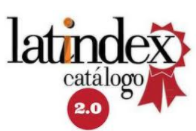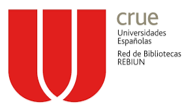United States and the fight against narco-terrorism as a central foreign policy guideline on the link with Latin America:
the case of the model of cooperation with Colombia
DOI:
https://doi.org/10.35305/cc.vi122.73Keywords:
United States, Colombia, Latin America, drug trafficking, terrorism, militarization, Department of DefenseAbstract
Assuming that relations between the United States (US) and Latin America are strongly determined by the security agenda, this article proposes to examine the cooperative link that Washington established with Bogota based on the fight against drug trafficking and terrorism as a way of approach the type of relationship that proposes the north country for Latin America in the twenty-first century. Consequently, we try to support the observation of two trends, on the one hand, the strengthening of militarization of US influence and its driving by the Department of Defense and, on the other, the militarized US involvement in the armed conflict in Colombia by including it as part of the fight against international terrorism. The methodology used to prepare the writing is qualitative and applies to an investigative process based on primary and secondary sources.
Downloads
Downloads
Published
How to Cite
Issue
Section
License

This work is licensed under a Creative Commons Attribution-ShareAlike 4.0 International License.
Aquellos autores/as que tengan publicaciones con esta revista, aceptan los términos siguientes:
- Los autores/as conservarán sus derechos de autor y garantizarán a la revista el derecho de primera publicación de su obra, el cuál estará simultáneamente sujeto a la Licencia Creative Commons Reconocimiento-NoComercial-CompartirIgual 4.0.
- Los autores/as podrán adoptar otros acuerdos de licencia no exclusiva de distribución de la versión de la obra publicada (p. ej.: depositarla en un archivo telemático institucional o publicarla en un volumen monográfico) siempre que se indique la publicación inicial en esta revista.
- Se permite y recomienda a los autores/as difundir su obra a través de Internet (p. ej.: en archivos telemáticos institucionales o en su página web) antes y durante el proceso de envío, lo cual puede producir intercambios interesantes y aumentar las citas de la obra publicada.
















